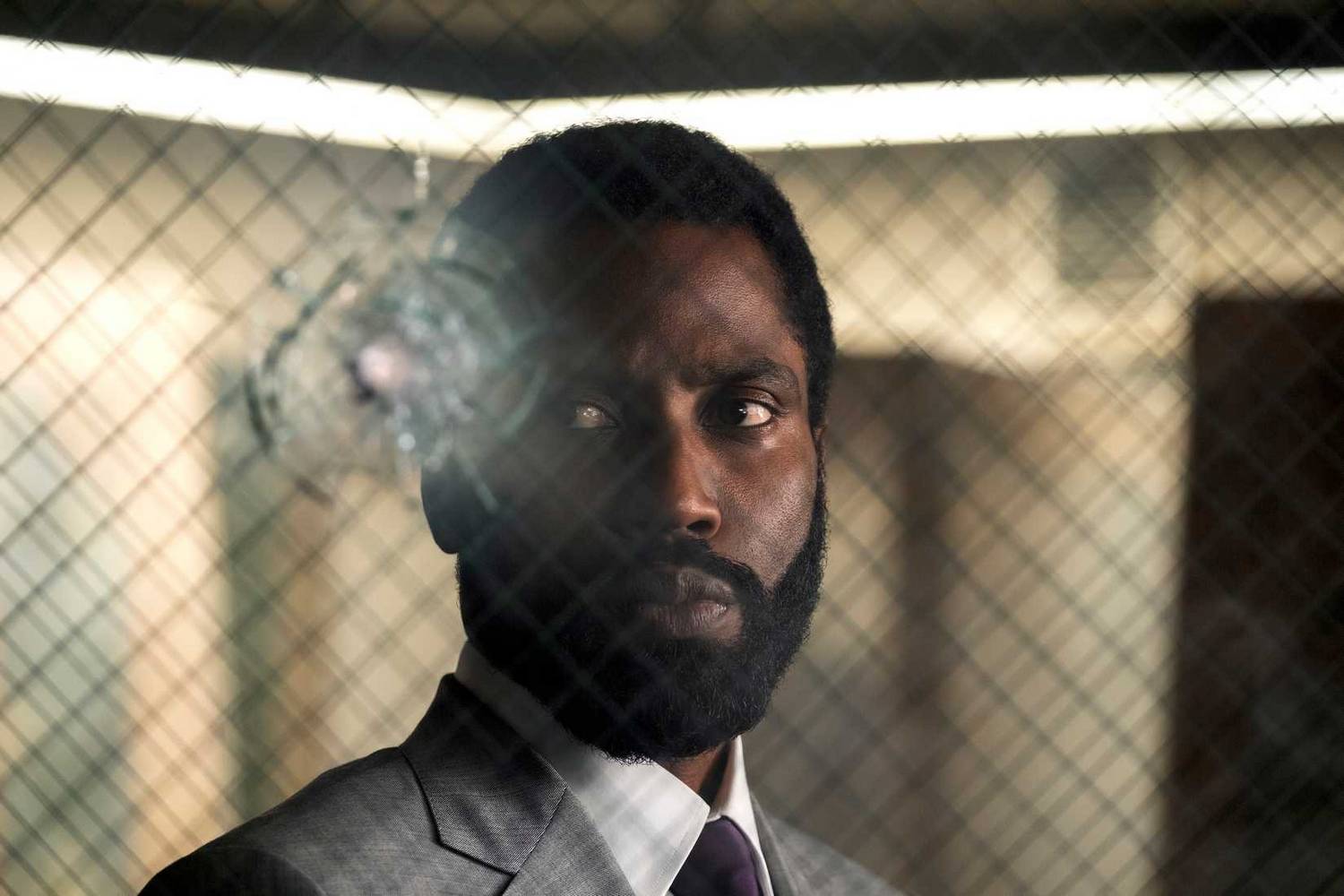A Temporal Reappraisal: Five Years Later, Christopher Nolan’s Tenet Is a Masterpiece of Form and Function
Popular Now
 Rust
Rust
 Gacha Club
Gacha Club
 Stumble Guys
Stumble Guys
 R.E.P.O
R.E.P.O
 Poppy Playtime
Poppy Playtime
 Among Us
Among Us
 Garena Free Fire: Kalahari
Garena Free Fire: Kalahari
 League of Legends
League of Legends
 Free Fire Max
Free Fire Max
 CarX Street
CarX Street 
When Christopher Nolan’s Tenet first landed in theaters in 2020, it was met with a deeply polarized response. Billed as the film that would save the theatrical experience, its dense, cerebral plot and audaciously complex time-inversion mechanics left many audiences bewildered. Critics were divided, and for a filmmaker of Nolan’s stature, a mix of awe and head-scratching confusion was a unique and—for some—disappointing outcome. However, five years on, as we approach the anniversary of its original release, the consensus is shifting. Re-examined through multiple viewings and a new understanding of its design, Tenet has quietly become a revered piece of modern cinema, celebrated not just as an ambitious experiment, but as a masterclass in blockbuster filmmaking.
 The Passage of Time: From Confusion to Clarity
The Passage of Time: From Confusion to Clarity
The initial criticism of Tenet centered on its narrative impenetrability. The aural chaos, the breakneck pacing, and the relentless flow of exposition made it a difficult watch for a first-time audience. Viewers were not only trying to follow a complex spy-thriller plot but also a mind-bending, physics-based concept of “inversion”—a process where the entropy of objects, and even people, could be reversed. The result was a film that felt less like a puzzle to be solved and more like a logic problem designed to frustrate. However, time has proven to be the key to unlocking the film’s brilliance. In the age of streaming and re-watching, audiences have had the opportunity to revisit Tenet with subtitles on, allowing them to fully grasp the dialogue and the intricate plot points. With this newfound clarity, the film’s genius becomes apparent.
The seemingly nonsensical action sequences reveal themselves as meticulously choreographed ballets of forward and backward motion. The plot, once perceived as disjointed, clicks into place as a tightly woven narrative that rewards careful attention. The characters’ motivations, initially viewed as one-dimensional, are given context by the film’s palindromic structure. The emotional core of Kat’s relationship with her son and her abuser, Andrei Sator, now feels more poignant as you realize her journey is not just about a single timeline, but about a struggle that spans both forward and inverted time. The film is, in essence, a symphony of cause and effect, where a single action in the future can have a profound impact on the past, and vice versa. It is a work of pure cinema, demanding and deserving of repeat viewings, a quality that is rare in today’s landscape of disposable blockbusters.
- The Inverted Experience: The film’s re-evaluation is a testament to its design. It was made to be a temporal puzzle, and only through multiple viewings can one fully appreciate its interlocking mechanics.
- A Director’s Vision: Nolan’s commitment to practical effects and a narrative free from conventional cinematic rules now seems less like a stubborn choice and more like a bold artistic statement.
A Legacy Reclaimed: Why Tenet Is a Modern Classic
The legacy of Tenet is now firmly rooted not in its box office performance or initial reviews, but in its artistic and technical ambition. It stands as a defiant monument to the power of original ideas in Hollywood. In an era dominated by franchises, sequels, and reboots, Tenet was a big-budget, original film that asked a lot of its audience—and, for many, delivered a payoff that was worth the effort. The breathtaking action sequences, from the inverted car chase to the explosive climax, are a showcase of practical effects and masterful direction. John David Washington’s performance as the Protagonist, once criticized for being a blank slate, is now seen as a brilliant piece of acting that reflects his character’s role as a cog in a much larger, time-bending machine.
In hindsight, the film’s “divisive” nature was not a flaw but a feature. It was a film that actively pushed back against the passive consumption of entertainment, challenging audiences to think and engage with the material on a deeper level. Five years later, Tenet has found its audience, and its status has been elevated to that of a true modern classic. It is a cinematic experience that continues to reveal new secrets and reward those who dare to step into its inverted world. It is, without a doubt, a much better film than you remember.







 The Passage of Time: From Confusion to Clarity
The Passage of Time: From Confusion to Clarity